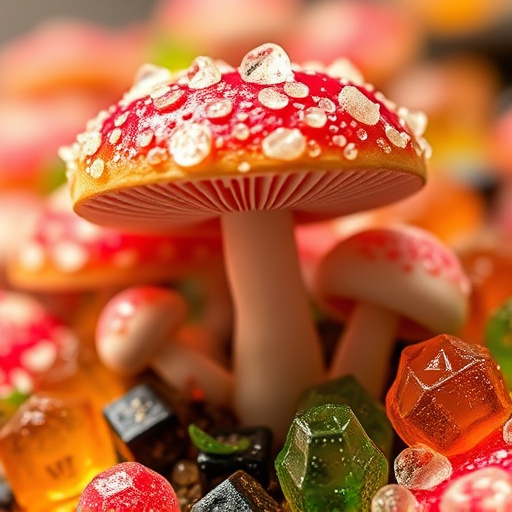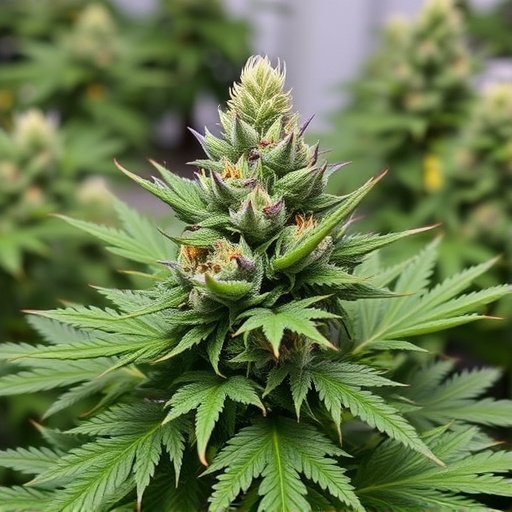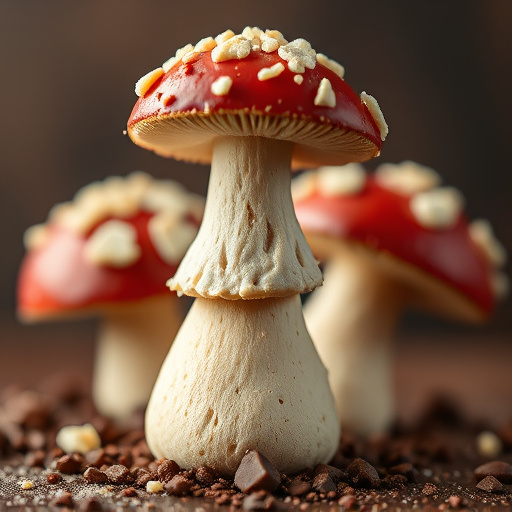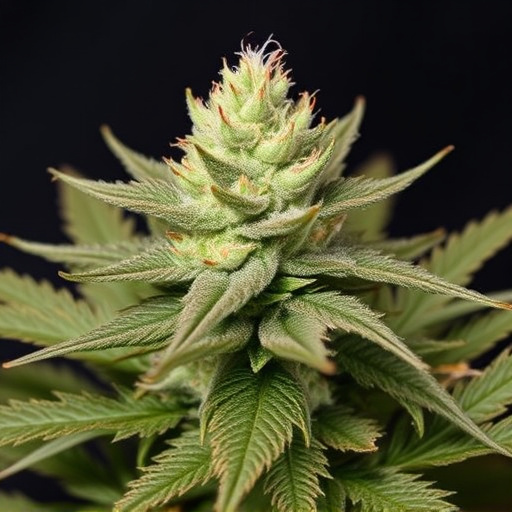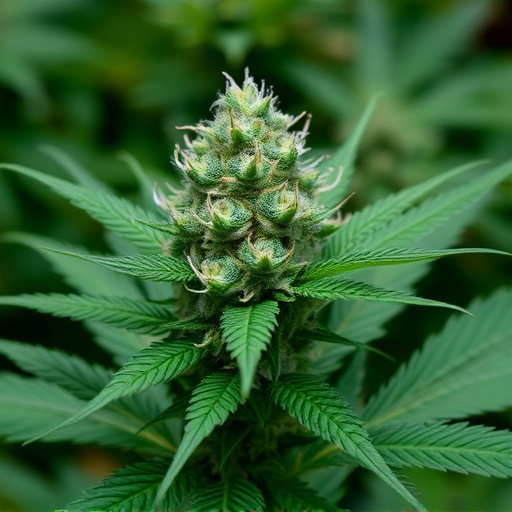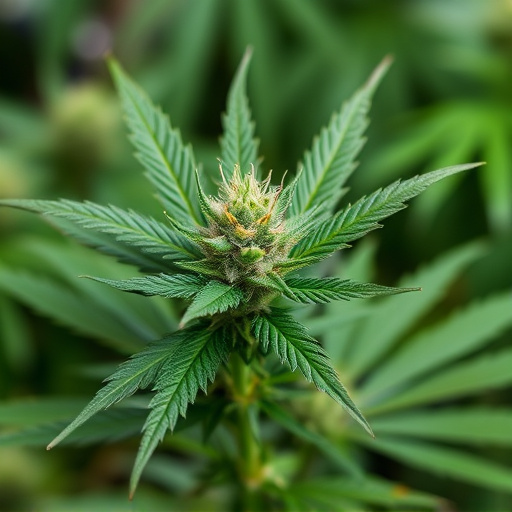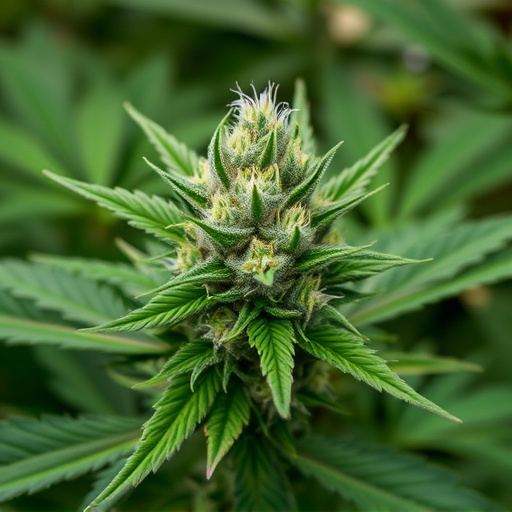The distinctive aromas of the "best strains of cannabis" stem from unique genetic terpene profiles, offering both sensory pleasure and potential therapeutic benefits. Terpenes, sensitive to environmental factors like temperature and humidity, contribute to the varied scents and flavors. Growers can manipulate these conditions to cultivate desired terpene profiles. The olfactory experience is a complex interplay between volatile compounds, taste, and smell, making each strain uniquely characterized.
Uncover the enchanting world of cannabis aroma, where scientific precision meets sensory delight. This article explores the multifaceted factors that determine the unique scents and flavors of this remarkable plant, from its genetic makeup and terpene profiles to environmental influences. Discover how specific terpenes contribute to the diverse aromas of the best strains of cannabis, enhancing your understanding and appreciation for this complex botanical masterpiece.
- Genetic Composition and Terpene Profiles: The Foundation of Cannabis Aroma
- Environmental Factors: How Terpenes Express Themselves
- Sensory Perception: Unraveling the Complexities of Smell and Taste in Cannabis
Genetic Composition and Terpene Profiles: The Foundation of Cannabis Aroma

The genetic composition and terpene profiles of cannabis plants play a pivotal role in determining their aroma, making them the foundation upon which we experience the diverse scents associated with different strains. Each variety of cannabis possesses a unique combination of genes that influence its odor and flavor characteristics. These genetic factors contribute to the overall profile of terpenes—volatile organic compounds responsible for the distinct aromas we associate with various plants, including cannabis.
Terpenes, often referred to as the “essential oils” of cannabis, not only impart aroma but also offer potential therapeutic benefits. Best strains of cannabis are known for their rich terpene profiles, which can include a variety of chemical compounds like myrcene, limonene, pinene, and linalool, among others. These terpenes interact with the plant’s cannabinoids, such as THC and CBD, creating a complex olfactory experience that ranges from fruity and floral to earthy and spicy notes, appealing to connoisseurs seeking both the best strains of cannabis for their sensory pleasure and potential medicinal benefits.
Environmental Factors: How Terpenes Express Themselves
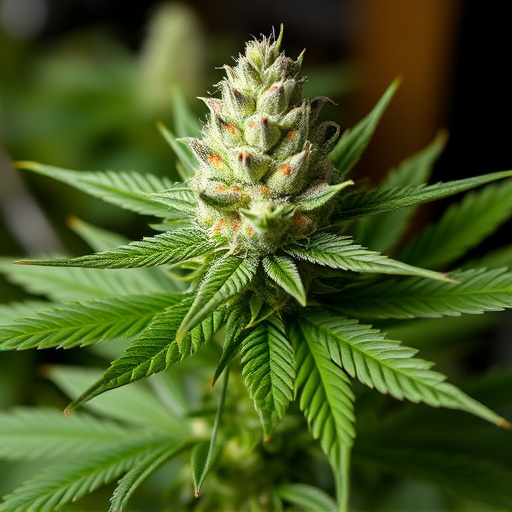
The environment in which cannabis plants grow plays a significant role in shaping their aroma, particularly through the expression of terpenes. These aromatic compounds, responsible for the unique scents and flavors of different strains, are sensitive to various external factors. Temperature, humidity, light exposure, and soil composition all contribute to how terpenes develop and express themselves within the plant.
For instance, certain terpenes like myrcene tend to accumulate in cooler temperatures, making them more prevalent in specific best strains of cannabis that thrive in temperate climates. Conversely, higher humidity levels can encourage the production of other terpenes such as linalool, known for its calming and soothing aromas. Understanding these environmental influences allows cultivators to optimize conditions, fostering the growth of desired terpene profiles and enhancing the overall sensory experience of the final product, whether sought after by enthusiasts or medical patients.
Sensory Perception: Unraveling the Complexities of Smell and Taste in Cannabis
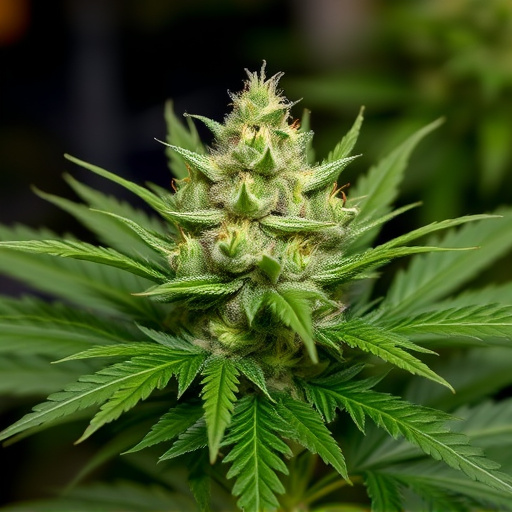
The sensory perception of cannabis aroma is a complex dance between our olfactory senses and the intricate chemical profiles embedded within each strain. What we perceive as a specific scent or flavor is a result of how our noses interpret the vast array of volatile compounds present in the plant. These compounds, ranging from terpenes to cannabinoids, create a unique olfactory experience that can vary greatly among different best strains of cannabis.
Taste, too, plays a significant role in the overall aroma perception. The way cannabis tastes—whether fruity, earthy, or spicy—influences how we interpret its smell. This bidirectional relationship between scent and taste adds another layer to the complexity, offering a holistic sensory experience that defines each strain’s character. Understanding these intricacies can enhance our appreciation for the diverse aromas presented by the best strains of cannabis.
The aroma of cannabis is a complex interplay between genetic composition, environmental influences, and sensory perception. Understanding these factors is key to discerning the diverse terpene profiles that contribute to the unique scents and experiences offered by the best strains of cannabis. By exploring these dimensions, we can truly appreciate the intricate tapestry of aromas that make each variety distinct.
